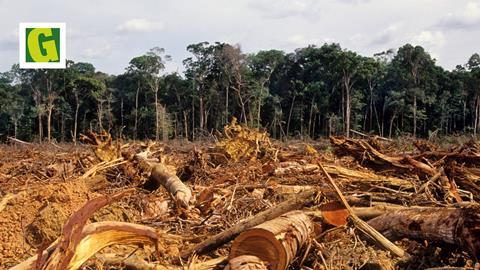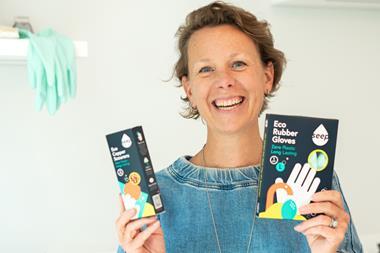Forest loss continues to ramp up, despite worldwide pledges to stop something that contributes significantly to global warming. Among many other sectors, fmcg – specifically toilet paper – is a main driver of deforestation. Change is desperately needed.
Statista says the global production of tissue paper was estimated to be 42 million tons in 2020, equating to roughly 500 million trees. This urgency compels us to seek alternative fibres, and bamboo is the most promising solution.
MSCI reported that, “despite commitments to halt forest loss, 2021 saw tree cover dive by 25.3 million hectares globally”, which is an area larger than Great Britain. EU deforestation legislation does offer a glimmer of hope and will have a major impact on what companies can sell and source tomorrow.
It’s our opinion and challenge to the sector that planting three trees a year is not enough to replenish stock. When even the fastest-growing eucalyptus take 14 years to grow, you need 14 trees planted every year to maintain stock levels.
Replacing virgin fibre with recycled is difficult
But what’s the solution?
Currently, there are a few alternatives to tree fibres being explored by the industry, and options posing possible solutions pose challenges of their own.
Replacing virgin fibre with recycled fibre requires significant processing that still leaves a large carbon footprint. For example, wastepaper recycling across Europe requires the use of chemicals to bleach and de-ink the paper so it can be converted back into tissue. This process also leads to residual PFAS, perma-chemicals that have been linked to health risks and don’t break down in the natural environment, which then enter waterways and ecosystems and then back into our food chain.
An emerging issue is also the availability of wastepaper. As we move to digital workplaces and devices, our consumption of paper reading material such as newspapers and books reduces, in turn creating a more scarce resource. The knock-on effect seen in our category is a reduction in recycled content in major brands’ tissue.
Carbon remains stored in the soil with bamboo
So, we need to turn to new fibres, such as bamboo, on a larger scale. And there are many reasons why.
In Europe, where FSC certification provides some reassurance around renewable wood fibres, the focus shouldn’t be on carbon neutrality but carbon reduction. Bamboo grows quickly, is a more effective carbon sink than trees and requires no fertilisers or pesticides to regrow. When a tree is felled, its sequestered carbon is released back into the atmosphere, contributing to global warming. As bamboo is a grass, the root system remains alive once the crop is cut, meaning the carbon remains stored in the soil.
Julie Chen and I created the Cheeky Panda by using bamboo – the world’s fastest-growing plant – as an alternative to cutting down trees. We also focused on the quality so the mainstream could love it.
With deforestation on the rise, we can’t expect that doing the same thing will deliver different results. People have been thinking of deforestation as an issue for somebody else to deal with down the road, but you can only kick the can for so long. We need to address the issues, and in a hurry.




















1 Readers' comment